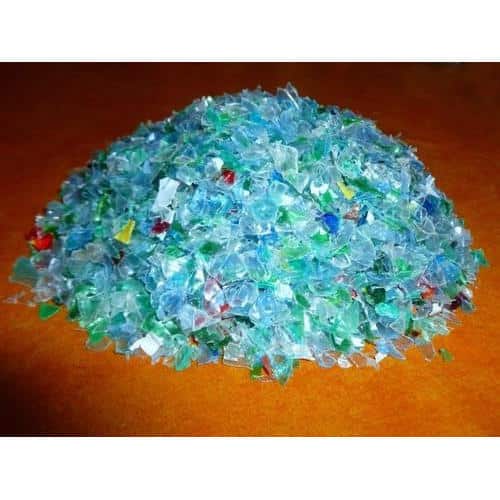Companies Increasingly Eyeing For R-PET Products as the Demand for the Material Increases Globally
- 03-Sep-2021 12:42 PM
- Journalist: Jai Sen
The global demand for R-PET (recycled Polyethylene Terephthalate) stood at 8 million tonnes in 2020 and is expected to grow at a healthy CAGR of around 7%. Among the regions, Asia Pacific holds the major share of global demand for R-PET at around 35% of the total demand.
In order to capture this demand growth in R-PET, companies are increasingly looking out for launching products the are made of R-PET which include the application of the material in bottles made of recycled PET, application in tires, and in RPET made fabric.
Tire make Continental has plans to start using reprocessed polyester obtained from recycled bottles in its tire production as of 2022. The sustainable polyester yarn will be obtained from PET bottles by a mechanical process and the yarn will be used in the construction of tire carcass.
SABIC has recently launched products under the name TRUCIRCLE which contain RPET content upto 29%.
India’s Reliance Industries Limited (RIL) has revealed plans of more than doubling its recycled PET capacity. For this the company will be setting up a recycled polyester staple fiber (PSF) manufacturing facility in Andhra Pradesh. The new plant will help Reliance to more than double its recycling capacity to 5 billion post-consumer bottles as against the current capacity to recycle 2 billion post-consumer bottles.
Recently, Dialog Group announced that the group will be venturing into post-consumer plastics recycling industry. The group has plans for setting up of a production facility in Malaysia. The facility will use recycled PET flakes as raw material to produce food grade R-PET pellets.
As per ChemAnalyst,”the increasing demand for R-PET is an indication of companies moving towards more sustainable chemical solutions and as the companies venture into more and more R-PET related products, the demand is poised to increase further which is expected to have an upside pressure on the R-PET prices until the demand-supply gap fades away with more capacity additions globally.”



